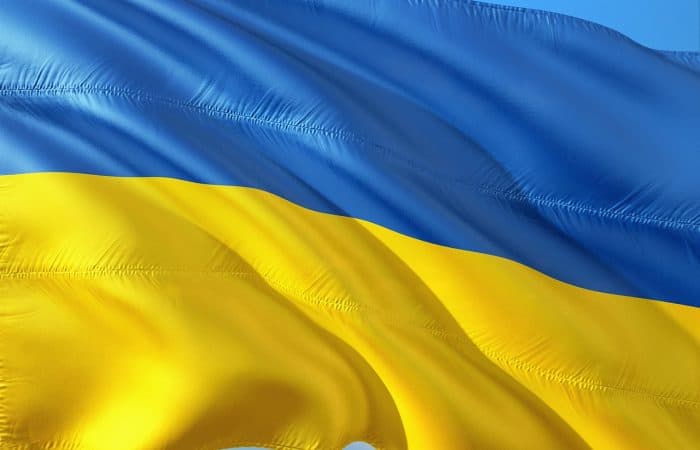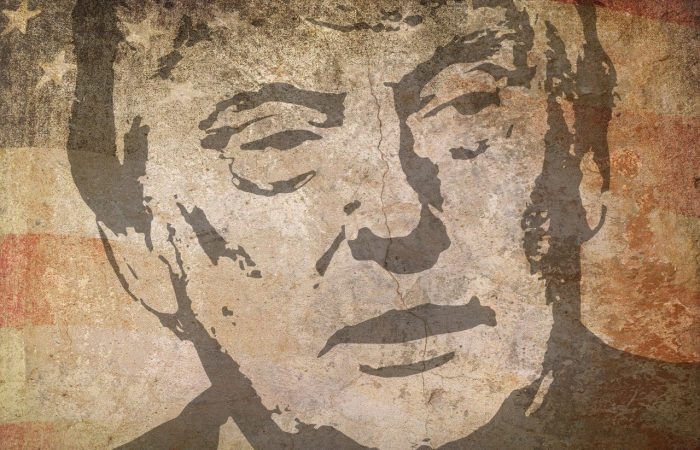Following a notification by the United Kingdom, France, and Germany (with EU support) at the end of August 2025 regarding Iran’s non-compliance with the 2015 Iran Deal, the process to terminate the deal was initiated.
Now that the UN Security Council (UNSC) has also failed to adopt a resolution to maintain the sanctions relief, the pre-2015 sanctions have been reinstated. This blog provides an overview of the restrictions that have been (re)applicable since September 29, 2025.
The procedure: ‘snapback’ mechanism
The procedure through which the pre-2015 sanctions are reinstated is called the ‘snapback’ mechanism. It originates from UNSC Resolution 2231 (2015), which endorsed the Iran Deal concluded after years of multilateral negotiation. The sanctions relief was conditional upon Iran significantly scaling back its nuclear programme and using it only for peaceful purposes. If Iran failed to meet the conditions and a notification was made to the UNSC by the so-called E3 (UK, France, and Germany, supported by the EU), the sanctions relief would be automatically terminated. Only a UNSC resolution within thirty days could have halted this automatic termination.
What the sanctions entail
On September 19, such a resolution was rejected, meaning that as of September 29 (thirty days after the E3’s notification), the former sanctions are officially back in force. On 29 September, the Council, through Implementing Regulations (EU) 2025/1980 and 2025/1982, reintroduced the asset freezes and travel bans for individuals and entities, and on 30 September, through Implementing Regulation (EU) 2025/1975, reintroduced measures targeting specific sectors.
Concretely, these sanctions include:
- A travel ban for more than 50 individuals involved.
- An asset freeze targeting the Iranian Central Bank, other major Iranian banks, and nearly 200 energy companies and shipping firms.
Additionally, there are prohibitions on:
- The export of dual-use goods and other goods for Iran’s nuclear programme.
- The import, purchase, and transport of crude oil, natural gas, and products from the petrochemical industry.
- The sale or supply of installations and technology for the oil, gas, and petrochemical sectors.
- The export of valuable metals (such as gold), diamonds, and raw materials like aluminum and steel.
- The export of naval equipment for shipbuilding and maintenance, mainly for the oil sector.
- The export of specific software (e.g., industrial software for the energy, defence, and financial sectors).
- Financial services, including granting loans or forming joint ventures with Iranian energy and defence companies.
- Providing services to Iranian cargo flights or vessels carrying sanctioned goods. From January 1, 2026, a ban on providing services to Iranian oil tankers also applies.
- Insurance services for the Iranian government and companies.
- Financial transactions with Iranian banks above certain thresholds (often €10,000).
For internationally active businesses, it is essential to comply with the still applicable sanctions rules. Export bans, asset freezes, and prohibitions on certain services significantly impact companies. Simultaneously, it is advisable to closely monitor developments in Brussels and other capitals.
This publication is provided to you for information purposes only and does not constitute legal advice.
More information
Kneppelhout has broad expertise in sanctions law and in its practical application. If you have any questions regarding this article, please contact our Trade, Industry, and Logistics specialists:
- Tim Hesselink (th@kneppelhout.nl)
- Céline Goedhart (cg@knepplehout.nl)
- Ton Bendermacher (tb@kneppelhout.nl)
- Leon Verbakel (lve@kneppelhout.nl)




